Increased Focus on Preventive Healthcare
The internet medical-things market is witnessing a shift towards preventive healthcare, driven by rising healthcare costs and a growing awareness of health management. Consumers are increasingly seeking tools that promote wellness and disease prevention, leading to a demand for innovative solutions. For instance, wearable devices that monitor vital signs and provide health insights are gaining traction among health-conscious individuals. This trend is reflected in the market, where the wearable technology segment is expected to grow at a CAGR of 23% through 2026. As preventive healthcare becomes a priority, the internet medical-things market is likely to expand, offering a range of products aimed at enhancing individual health and well-being.
Expansion of Health Data Interoperability
The push for health data interoperability significantly influences the internet medical-things market. Interoperability allows different healthcare systems and devices to communicate seamlessly, facilitating better care coordination and data sharing. Recent initiatives by the US government aim to enhance interoperability standards, which could lead to a more integrated healthcare ecosystem. As a result, the internet medical-things market is expected to benefit from improved data exchange capabilities, enabling healthcare providers to access comprehensive patient information. This trend may enhance clinical decision-making and ultimately improve patient outcomes, making interoperability a critical driver in the evolving landscape of the internet medical-things market.
Rising Demand for Remote Patient Monitoring
The internet medical-things market experiences a notable surge in demand for remote patient monitoring solutions. This trend is driven by the increasing prevalence of chronic diseases, which necessitate continuous health tracking. According to recent data, approximately 60% of adults in the US manage at least one chronic condition, leading to a heightened need for effective monitoring tools. Remote monitoring devices enable healthcare providers to collect real-time data, enhancing patient engagement and adherence to treatment plans. This shift towards proactive healthcare management is likely to reshape the landscape of the internet medical-things market, as stakeholders invest in innovative technologies to meet the growing demand.
Regulatory Support for Digital Health Innovations
Regulatory support plays a pivotal role in shaping the internet medical-things market. The US government has implemented various policies to encourage the adoption of digital health technologies, including streamlined approval processes for medical devices and telehealth services. This supportive regulatory environment fosters innovation and investment in the internet medical-things market. For example, the FDA has introduced guidelines for digital health products, which may expedite the development and deployment of new technologies. As regulatory frameworks evolve to accommodate emerging technologies, the internet medical-things market is likely to experience accelerated growth, enabling healthcare providers to leverage innovative solutions for improved patient care.
Integration of Artificial Intelligence in Healthcare
The integration of artificial intelligence (AI) into the internet medical-things market is transforming healthcare delivery. AI technologies facilitate data analysis, predictive modeling, and personalized treatment plans, thereby improving patient outcomes. A report indicates that the AI in healthcare market is projected to reach $36.1 billion by 2025, reflecting a compound annual growth rate (CAGR) of 42%. This rapid growth suggests that AI applications, such as diagnostic tools and virtual health assistants, are becoming essential components of the internet medical-things market. As healthcare providers increasingly adopt AI-driven solutions, the market is likely to witness enhanced efficiency and effectiveness in patient care.


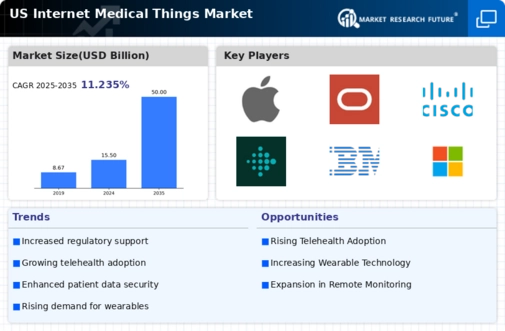
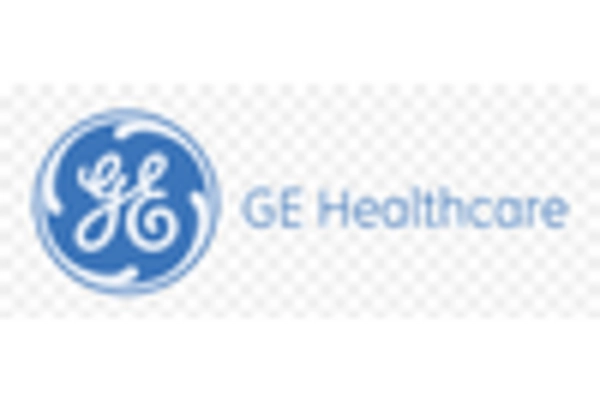
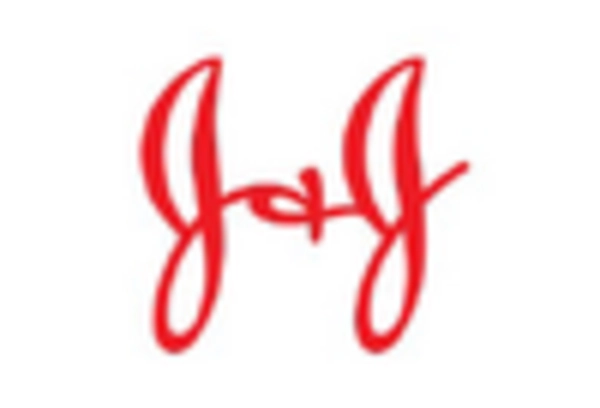

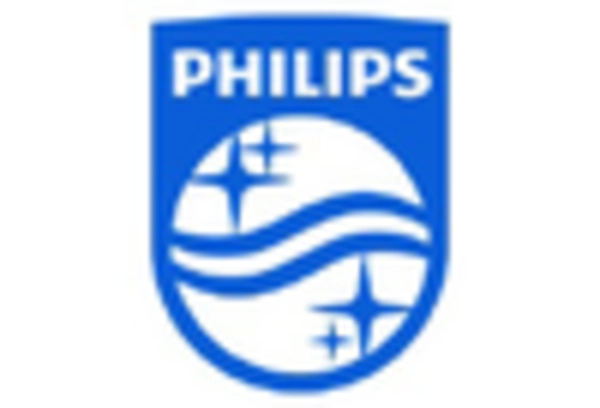

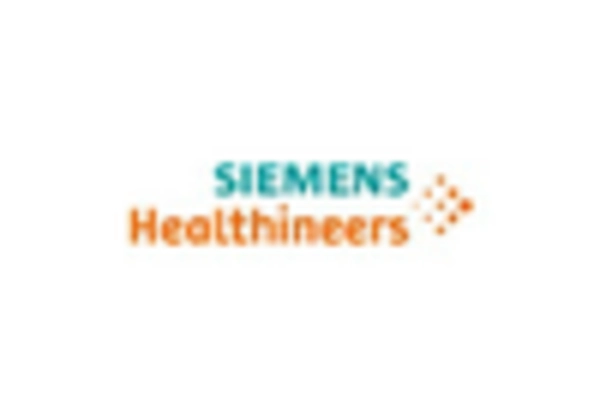








Leave a Comment